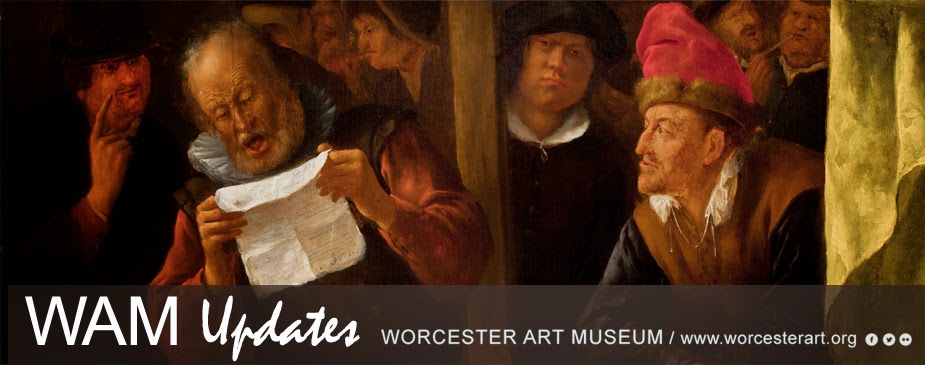 Holly and Ivy are the plants most strongly associated with the medieval celebration of Christmastide (the holiday season between Christmas and the New Year). In pagan tradition, both holly and ivy are believed to have astonishing powers. The ceremonial placing of a benevolent plant above a doorway is an ancient practice, which is common to many cultures and time periods. This philosophy is echoed in the Museum’s upper and lower Renaissance Court, embellished with seasonal decorative elements of apples and walnuts.
Holly and Ivy are the plants most strongly associated with the medieval celebration of Christmastide (the holiday season between Christmas and the New Year). In pagan tradition, both holly and ivy are believed to have astonishing powers. The ceremonial placing of a benevolent plant above a doorway is an ancient practice, which is common to many cultures and time periods. This philosophy is echoed in the Museum’s upper and lower Renaissance Court, embellished with seasonal decorative elements of apples and walnuts.Moreover, “the red-berried holly was given a masculine persona in the Middle Ages, in contrast to the black-fruited ivy, which was considered to be feminine. Holly, native to most parts of south and central Europe, was credited by the Roman natural historian Pliny with the power to protect and defend against witchcraft, lightning, and poison. Ivy was dedicated to Bacchus and was believed to prevent intoxication and confer the power to prophesy. (Maude Grieve, A Modern Herbal, 1971.)” (The Cloisters Museum and Gardens)
By the Middle Ages, holly and ivy had been thoroughly Christianized. Ivy was identified with the Virgin, and the red berries of the holly with the blood of Christ.
Wheat is included throughout our medieval décor as an allusion to the Eucharistic symbolism of the transformation of the Christ Child into the bread of the Mass. A giant sheaf of wheat stands central in the Chapter House and also on the grand Newell posts in the Renaissance Court.
Don’t miss WAM’s special holiday medieval décor, on view through January 1, 2017.
Learn more about our Medieval Holidays celebration
- Katrina Stacy, Associate Curator of Education






